How to use kitchen waste in the garden – 9 sustainable ideas
Discover which common household items you can repurpose in the yard to give your plants and soil a nutrient boost


Recycling often comes naturally to us gardeners. Perhaps our strong connections to the land and nature gives us an in-built commitment to re-using and making the most of the materials available to us.
Sustainable, eco-friendly garden solutions are also high on our agendas. I know since I started to make my own compost how much my plants have benefited as a result - plus I have less trash to throw away each week. So when it comes to experimenting with ways to use kitchen waste in the garden, I will give anything a try.
Over the years I’ve used all kinds of products in my garden that would otherwise be discarded or thrown in the garbage, and have seen first hand how the land can benefit. So, here are my top nine zero waste gardening ideas for how to use kitchen leftovers, to help you reuse waste in a more worthwhile way.
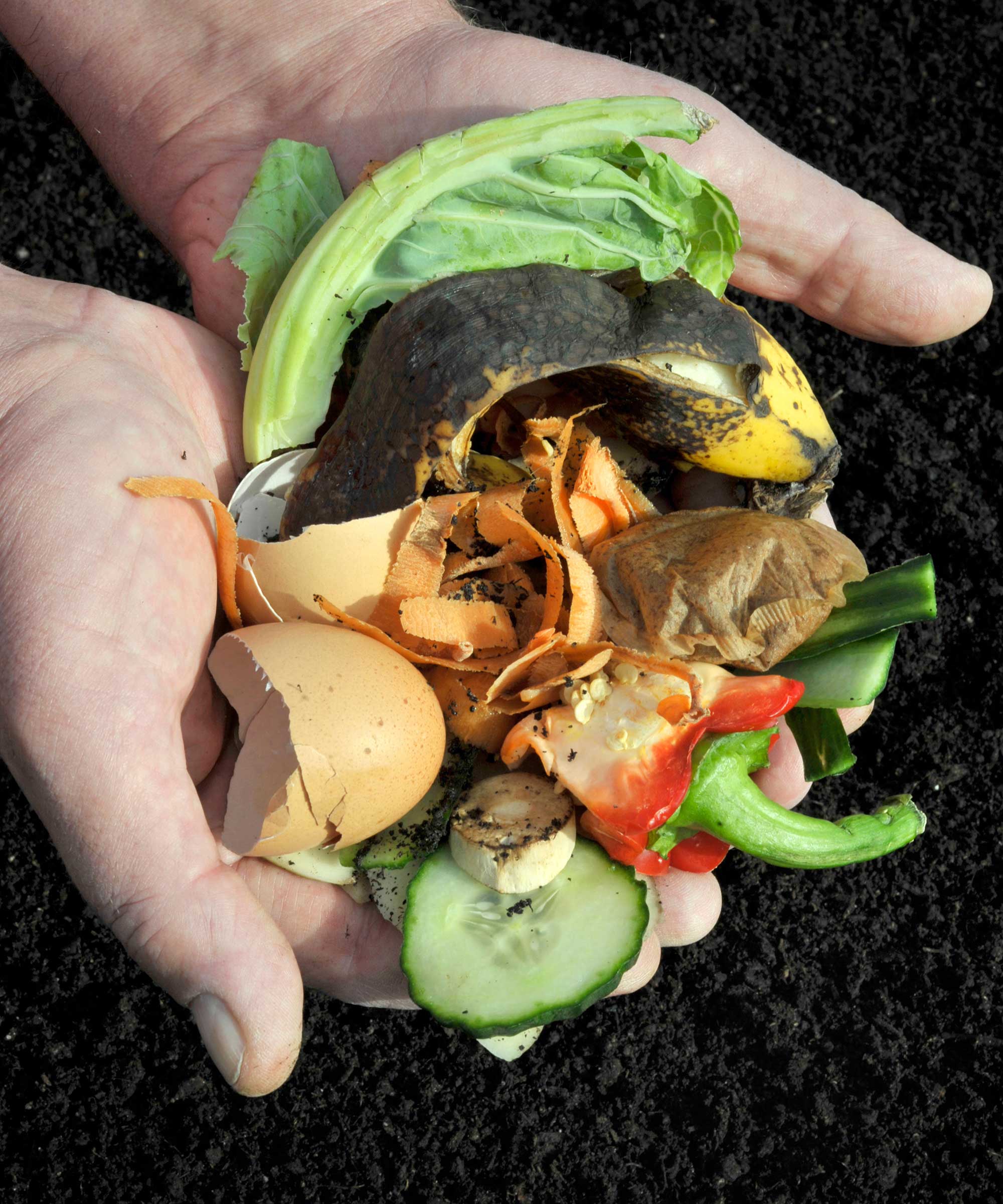
9 ways to use kitchen waste in the garden
You can save space in the garbage can, not to mention money, with these handy tips for re-using kitchen waste.
1. Save banana peels to use as fertilizer
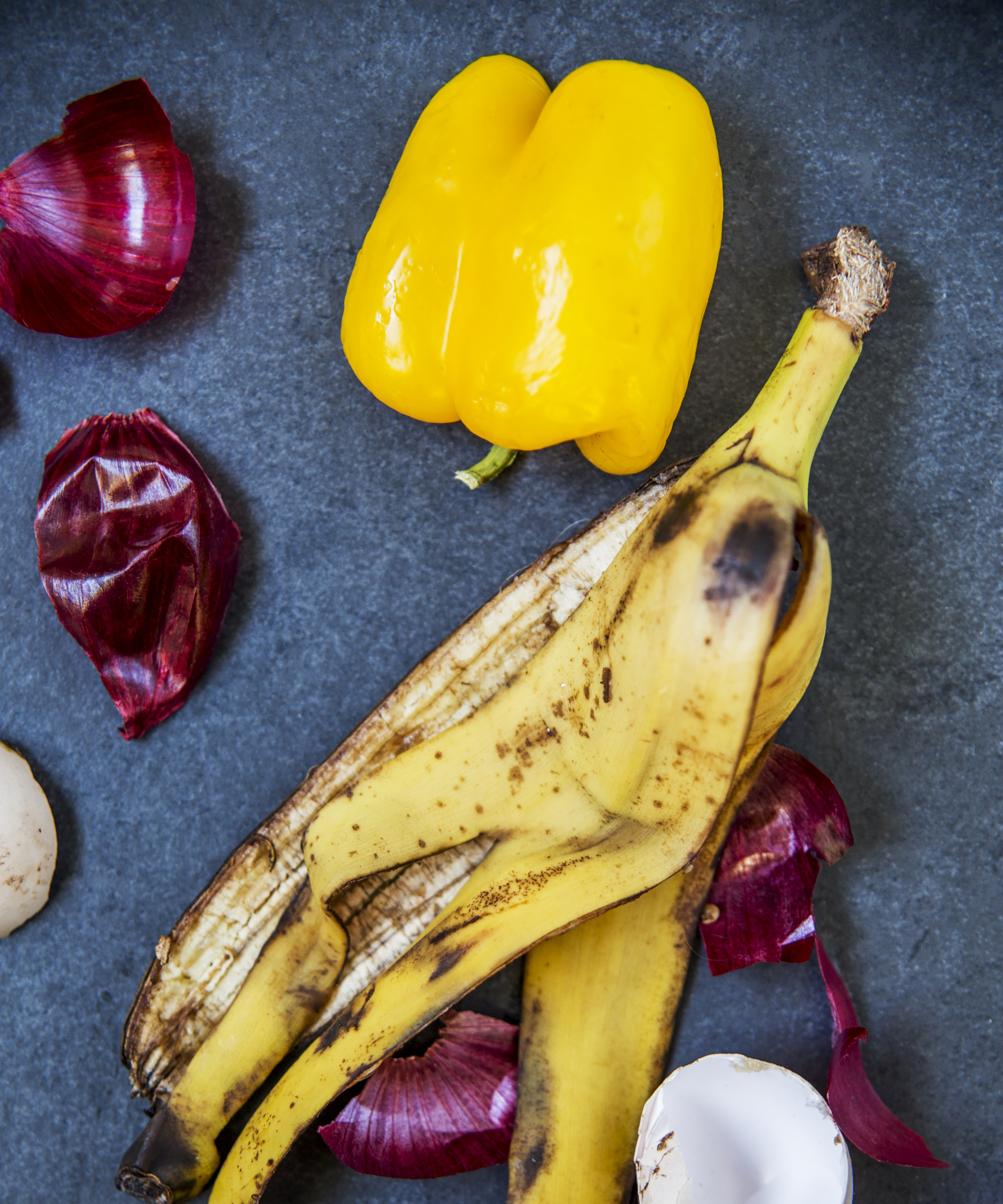
Bananas are the original superfood. The fruit and the peel are rich in potassium, calcium and magnesium, both of which the soil loves, making banana peel an amazing fertilizer for outdoor and indoor plants.
A quick and easy solution is add the skins directly to your compost bin. I often chop them up a bit to help them decompose quicker, but you don't have to.
If you don't have a compost pile, you can still use banana skins to help your plants. You can add them directly to the soil around your plants and shrubs, promoting overall plant health and encouraging flower and fruit production. I have used banana peel in the soil around my tomatoes for the past few years, and I get large yields and super healthy fruits as a result.
Alternatively, you can also soak the skins and create a potassium-rich solution to use as a liquid fertilizer. Simply add the skins to a jar of water, keep the lid on for two days and it will be ready to use. You can also use this to give houseplants a nutrient boost.
2. Use cooking water to hydrate plants
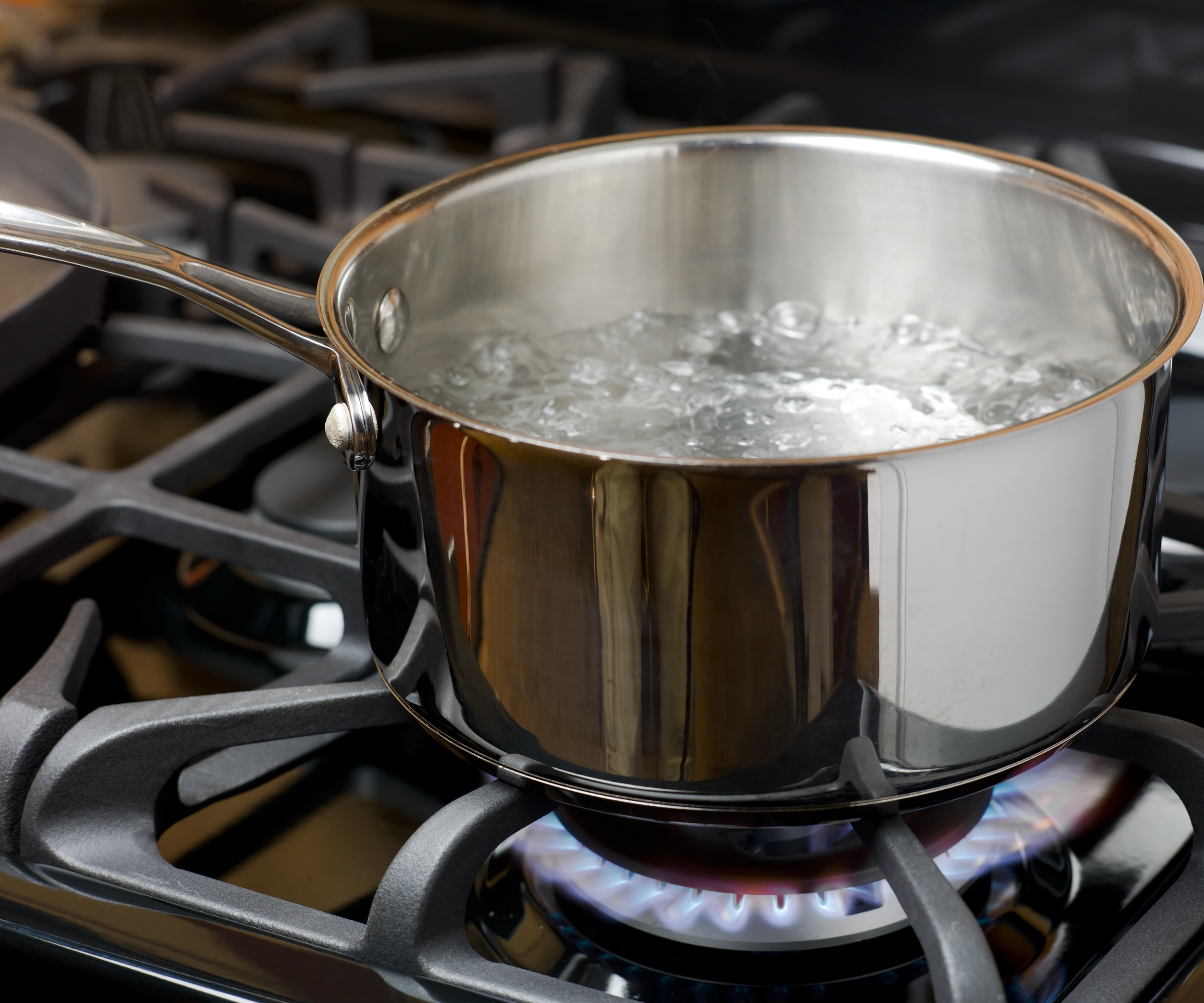
It's all too easy to drain your leftover pasta water down the sink, or tip away the water from your steamer without a second thought. But this liquid is in fact full of nutrients which can do good things for your plants.
Allow it to cool down, and then use it to water any indoor or outdoor plants. This would be especially beneficial for container plants to give them an added nutrient boost. The bonus here is you will also save on water use, so it is a win-win for the environment.
3. Scatter crushed eggshells onto the soil
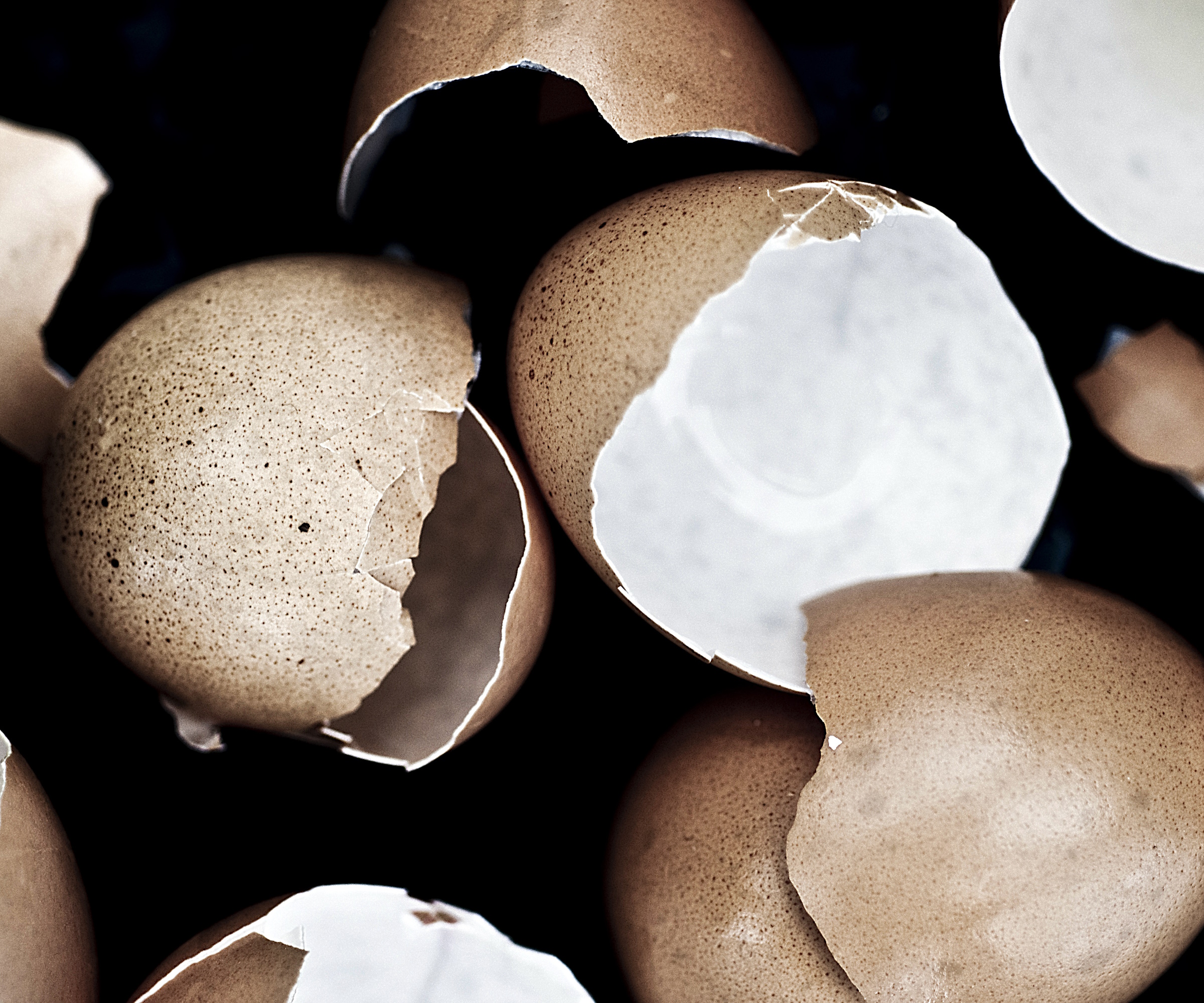
Eggshells have multiple benefits for our yards. They are a great source of calcium, which is an essential nutrient that helps plants to develop strong cell walls and membranes.
They also decompose fairly easily when crushed. You can add eggshells to a compost pile, or crush them and sprinkle around your plants. This will not only nourish them, but also help to deter slugs and snails without using harmful chemicals.
Last year I placed crushed eggshells around my pepper plants and also broccoli and spinach. The peppers in particular thrived and produced substantial fruits. I used it as more of a slug deterrent to protect my spinach, and it did help to an extent, though I have found the best way to stop slugs destroying plants is by making sure I keep very young plants protected in the greenhouse until they are more established.
4. Add paper towels to the compost pile
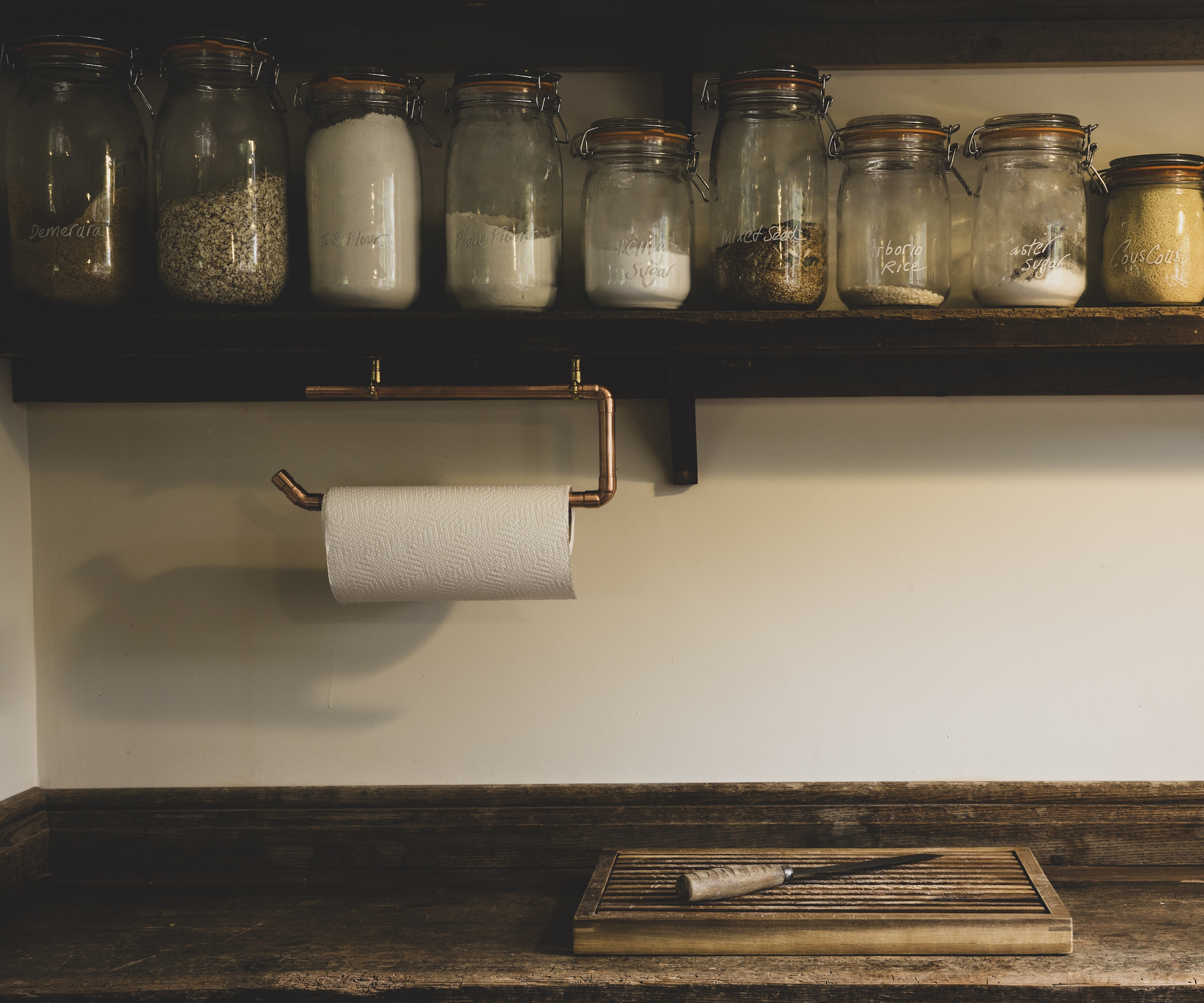
We are probably all guilt of using too may pieces of kitchen towel in a day, especially if there are children in the house. The good news is they are a vital ingredient in home compost, because along with cardboard they add carbon into the mix.
So, save them in a caddy on the kitchen counter and add them to the compost with any vegetable peelings and other food scraps. You can also add shredded newspaper, and create some space in the recycling bin.
5. Keep used coffee grounds to boost the soil
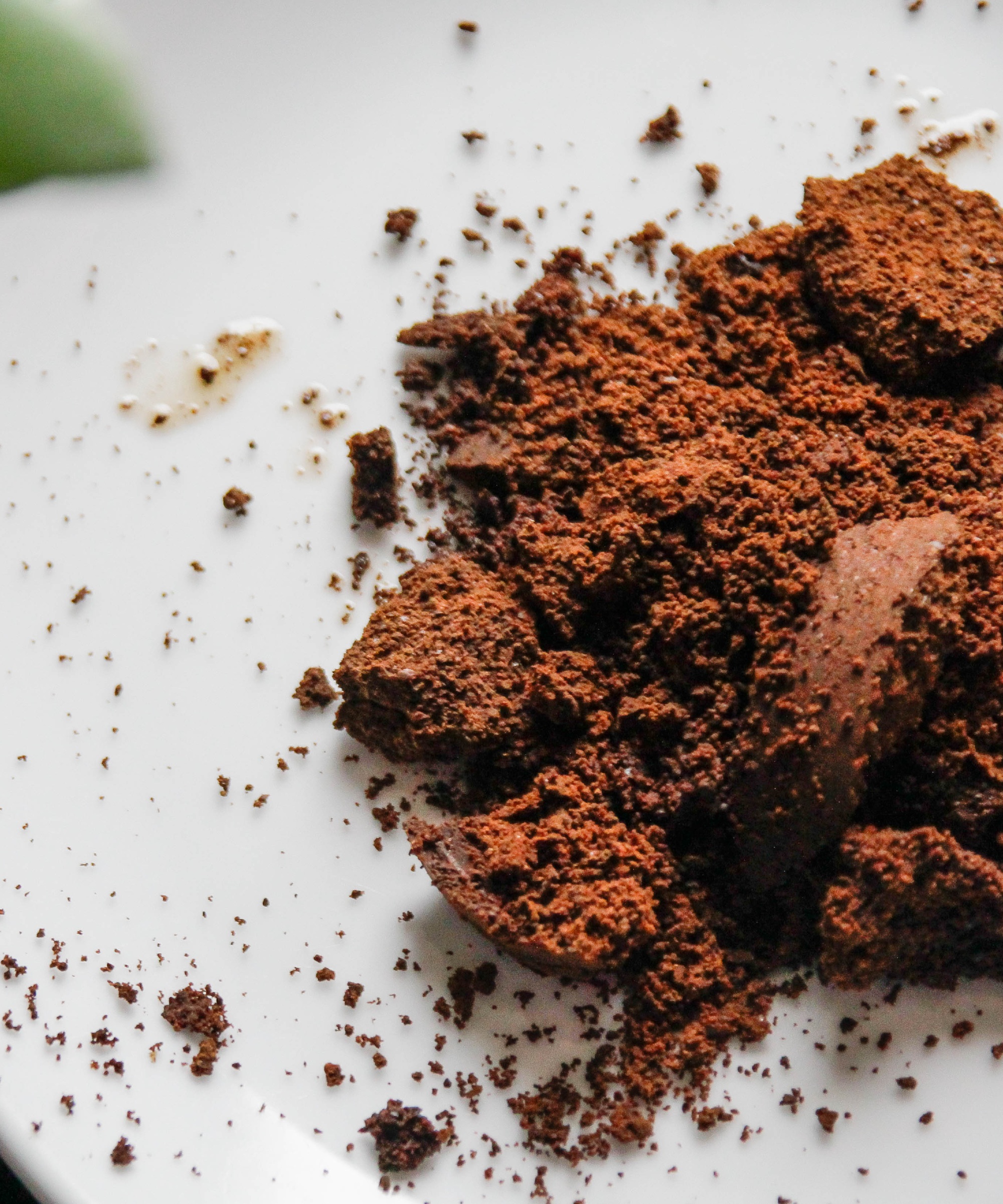
There has been a lot written about whether coffee grounds are good for plants and the soil, and I can vouch for its success. Used coffee grounds are rich in nitrogen, as well as potassium and phosphorus, all of which both indoor and outdoor plants love.
Coffee grounds can also help to make soil more acidic, so if you are growing acid soil-loving plants such as azaleas, roses, gardenias and hydrangeas be sure to give them a caffeine boost. Blueberries would also benefit. I use coffee grounds at the base of my garden roses, and since doing so have never needed to supplement with a chemical fertilizer.
You can sprinkle used grounds directly onto the soil, mix into your existing homemade compost, or you can create a slow-release fertilizer with used coffee grounds. Simply mix two cups of brewed coffee grounds with five gallons of water in a bucket overnight, and it is good to go.
There are some plants that won't be so keen on coffee fertilizer, such as tomatoes, so I tend to avoid giving them any of my recycled grounds.
6. Save tea leaves, too
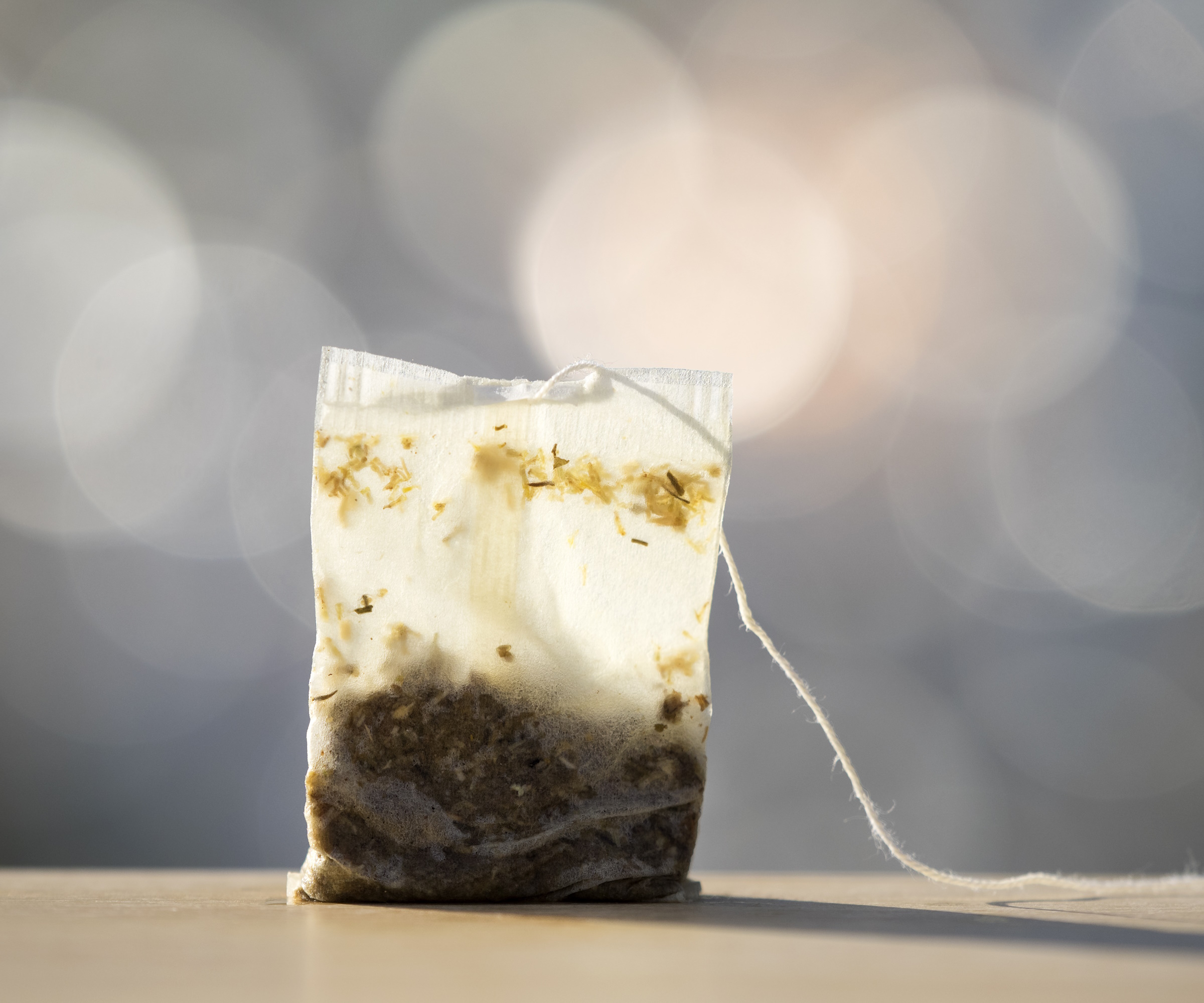
Using tea leaves in the garden has many benefits, and is an excellent ingredient for adding to your compost or directly onto the soil to give your plants a lift.
Similar to coffee grounds, tea leaves contain nitrogen, tannic acid and other minerals, that will help many vegetable and flower crops thrive. I usually take the used leaves out of the tea bag before adding them to my compost, unless I know the bags themselves are definitely compostable.
There are some plants that might not benefit from the addition of tea leaves in the soil, so if any of your plants prefer more alkaline soil, steer clear.
7. Use onion peel to make plant fertilizer
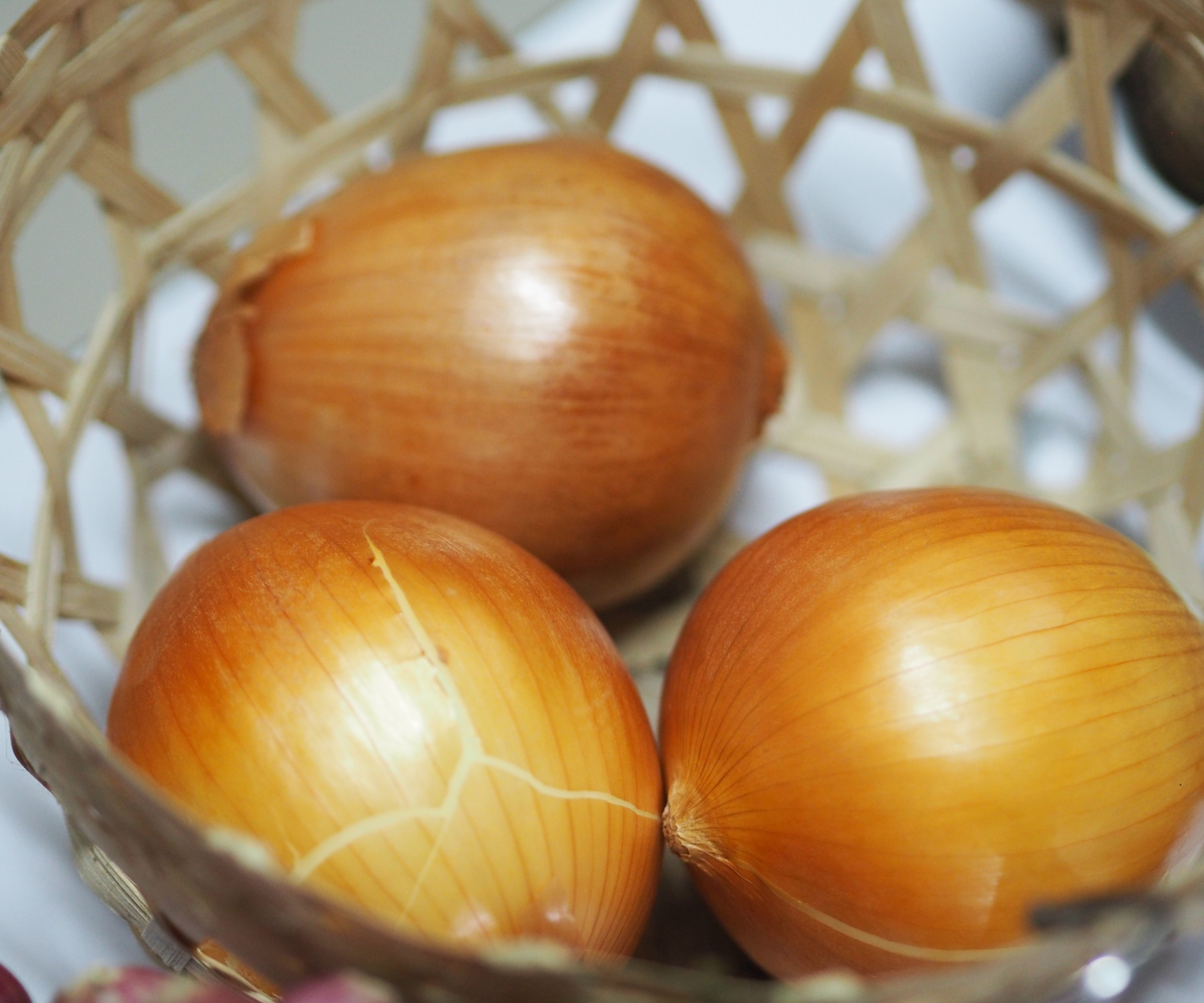
Onion peel is another staple waste product in so many kitchens, and it absolutely does not have to be thrown away. Onion peel can go straight into the compost, and it makes an effective home fertilizer. It can also improve soil structure and water retention when added directly to the soil.
To make a quick onion infusion, steep the skins in some warm water in an air-tight jar for a couple of days. Ensure the liquid is at room temperature, and then use as a nutrient-rich drink for your houseplants or container plants.
8. Create a natural weed killer with vinegar
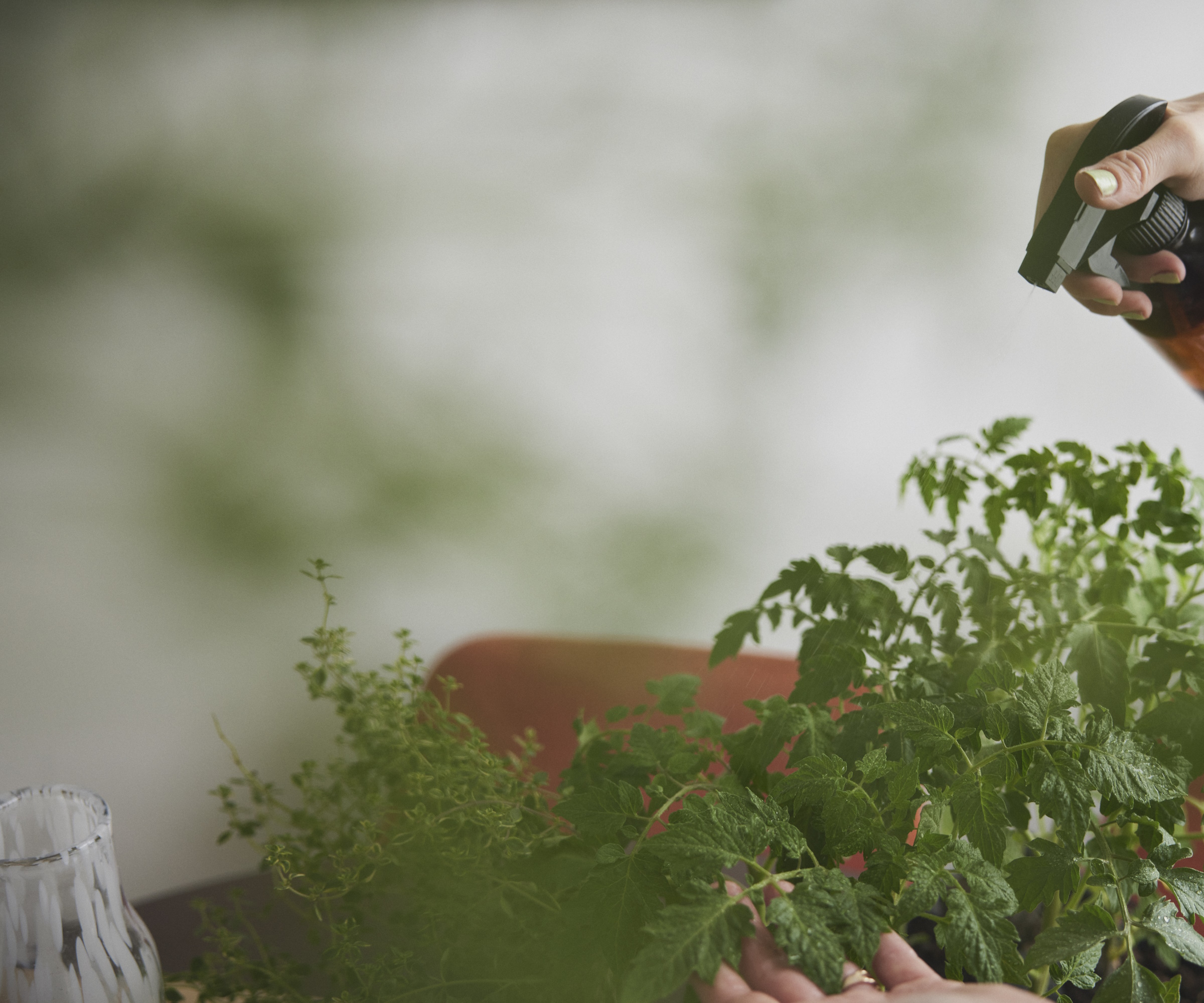
Not technically a waste product, but using vinegar is a very inexpensive and quick method of creating a weed killer straight from your kitchen pantry. Vinegar can be effective at killing weeds because it contains acetic acid, which works as a natural herbicide.
You can mix eight cups of vinegar with half a cup of salt and a drop of dish soap to create your solution. Add water if you wish to dilute it a little, and it should help to get rid of young weeds without harming any nearby plants or adding chemicals to the ecosystem in your yard.
9. Grind up nutshells to help soil drainage
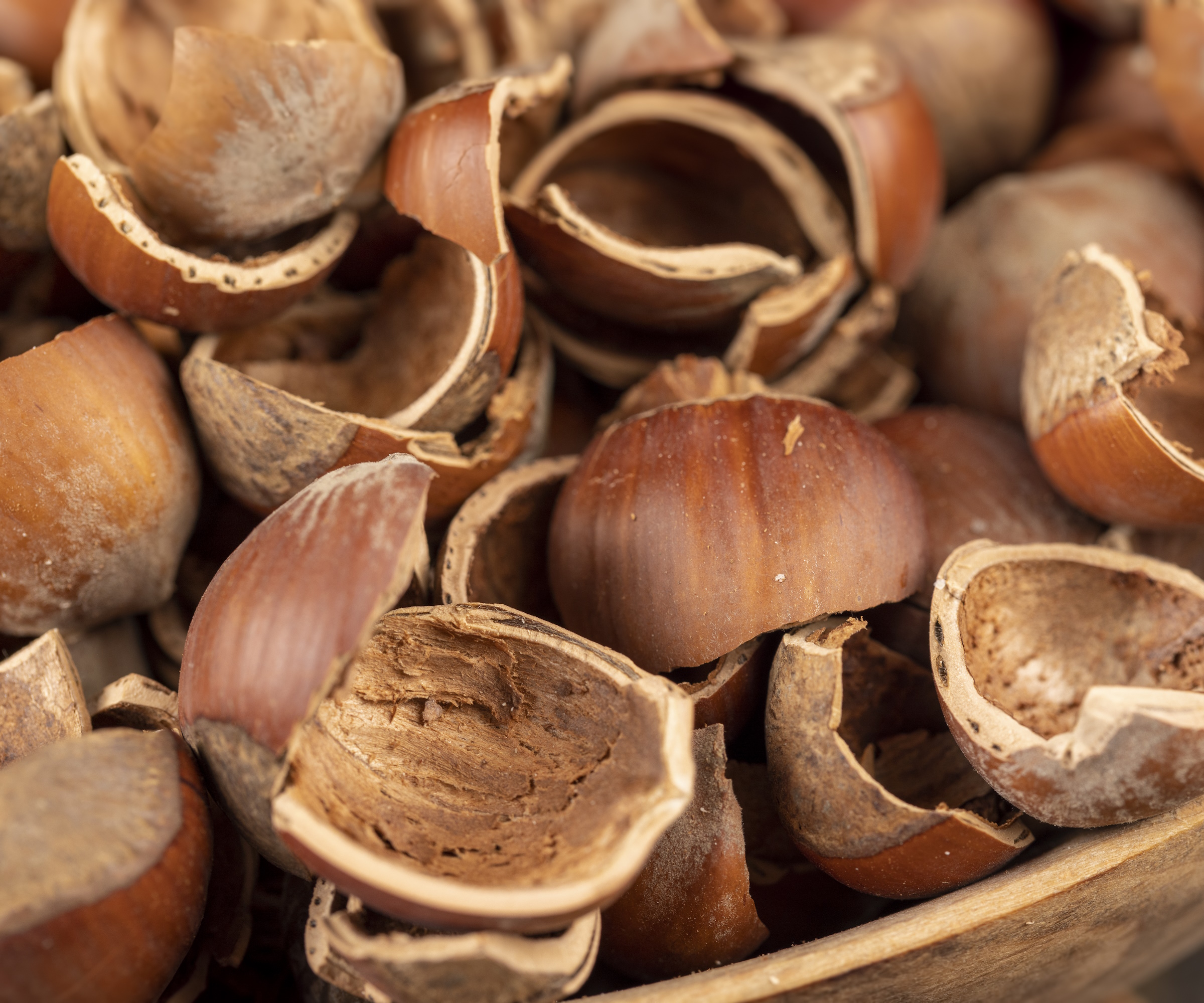
If nuts are your go-to snack of choice, have you considered using the shells in your yard?
Dry peanut and walnut shells make a great mulch, for container gardens in particular. Rather than adding to home compost, nutshells work better as a mulch owing to the length of time they take to break down.
You can also grind them in a blender or by hand, and add to your potting mix. This will aid soil aeration and drainage, and give it a nice boost of organic matter.
Hopefully we have inspired you to have a go at some zero waste-style gardening with these amazingly inexpensive and eco-friendly gardening hacks. And if you don't already, you might be interested to learn how to make compost.
Sign up to the Homes & Gardens newsletter
Design expertise in your inbox – from inspiring decorating ideas and beautiful celebrity homes to practical gardening advice and shopping round-ups.

Rachel is a gardening writer, flower grower and floral designer. Her writing career began on Country Living magazine, sparking a love of container gardening and wild planting. After more than a decade writing for and editing a range of consumer, business and special interest titles, Rachel became editor of floral art magazine The Flower Arranger. She then worked as a floral designer and stylist for six years, before joining Homes & Gardens. An expert in cut flowers, she is particularly interested in sustainable gardening methods and growing flowers and herbs for wellbeing. In summer 2024, she was invited to Singapore to learn about the nation state's ambitious plan to create a city in nature, discovering a world of tropical planting and visionary urban horticulture.
-
 Kelly Ripa and Mark Consuelos's dining room shelves combine unexpected elements for the ultimate storage solution – it's multi-functional and replicable
Kelly Ripa and Mark Consuelos's dining room shelves combine unexpected elements for the ultimate storage solution – it's multi-functional and replicableGreen shelves in Kelly Ripa and Mark Consuelos' dining room cleverly combine storage to accomplish separate purposes in a pretty way
By Sophie Edwards Published
-
 I'm a Sleep Editor – these are the 7 mattress features I think are gimmicks and not worth the spend
I'm a Sleep Editor – these are the 7 mattress features I think are gimmicks and not worth the spendIn my search to find the world's best mattress, I've come across some duds − learn from my mistakes and avoid these mattress gimmicks
By Emilia Hitching Published